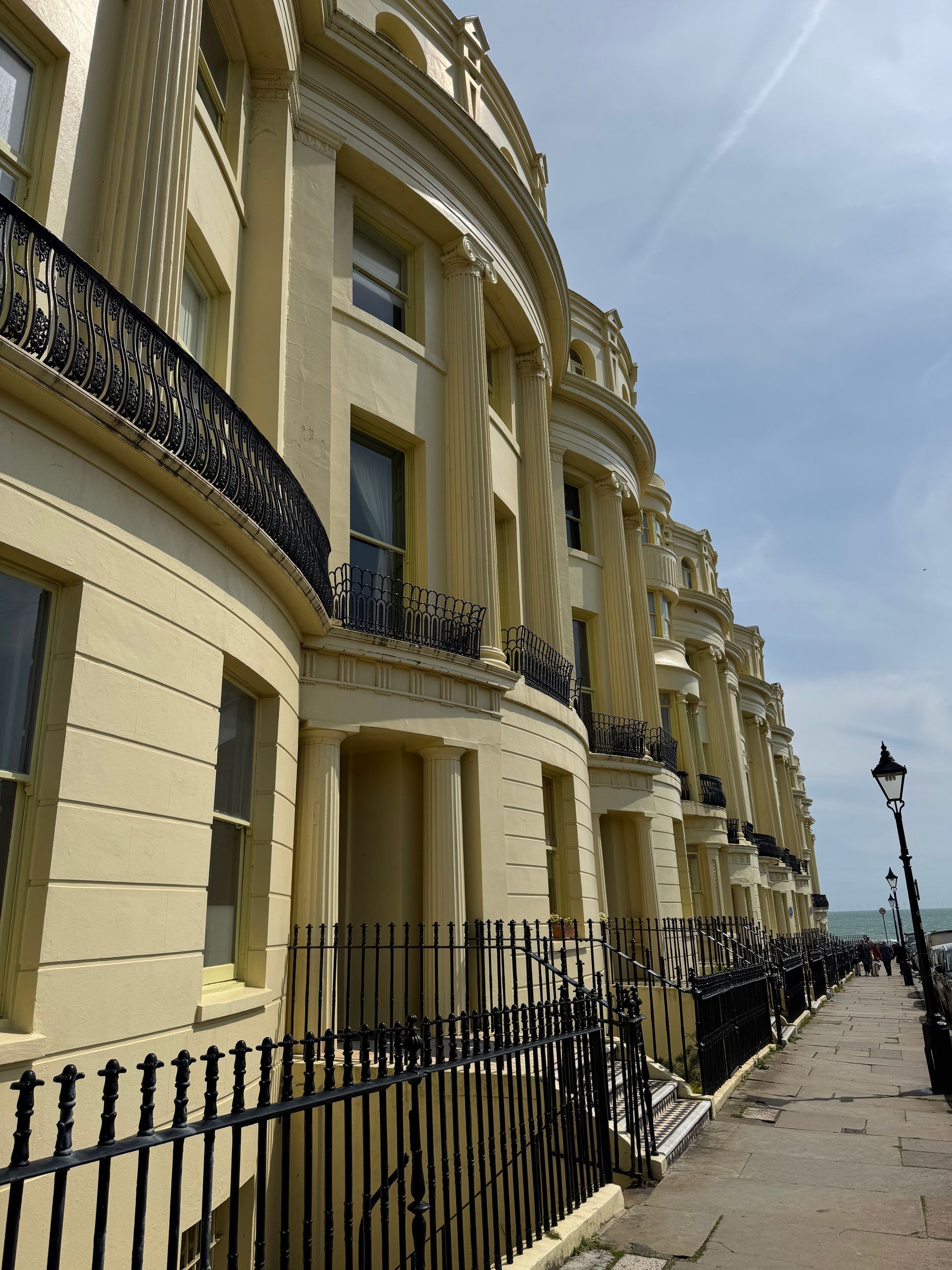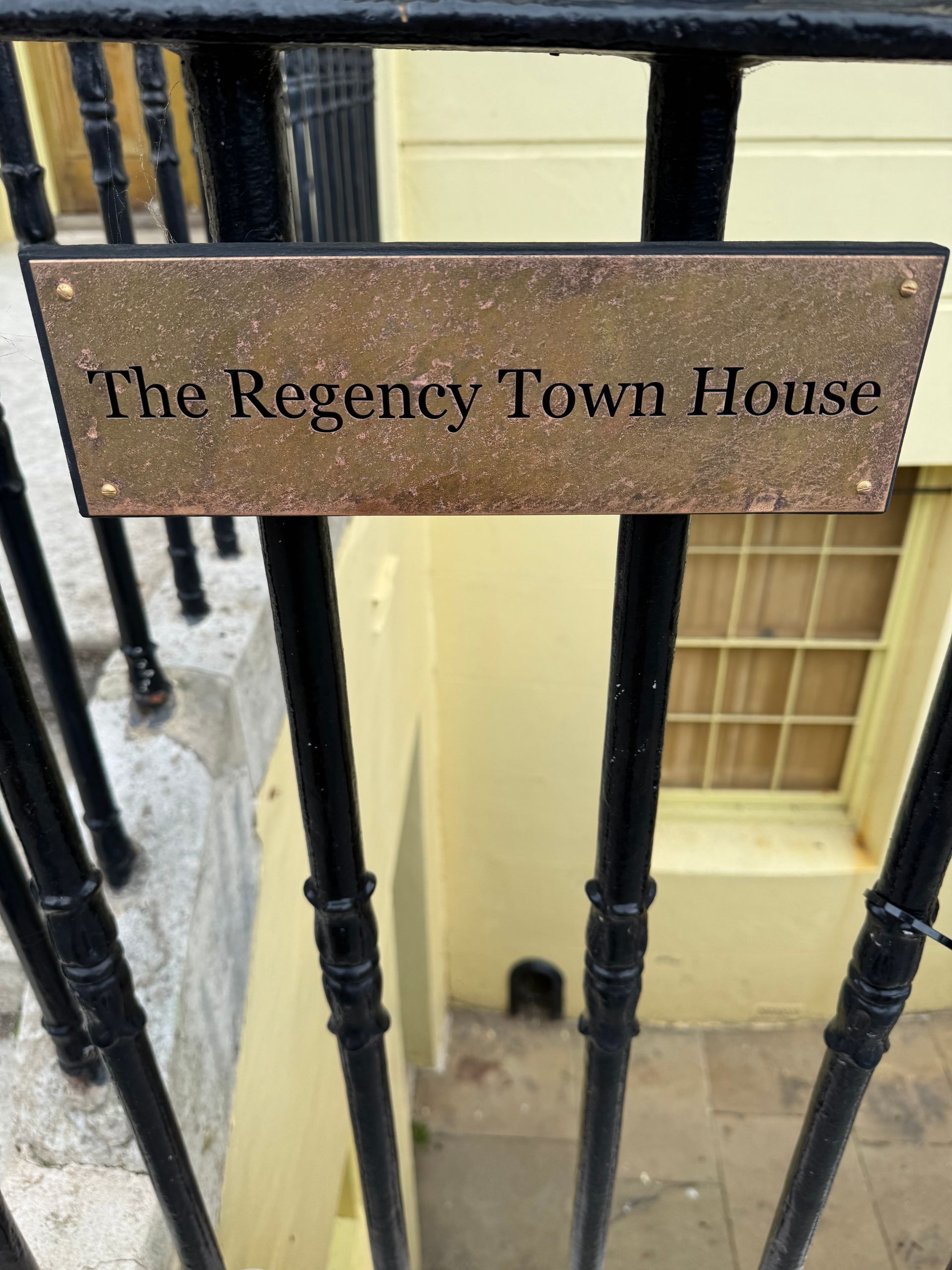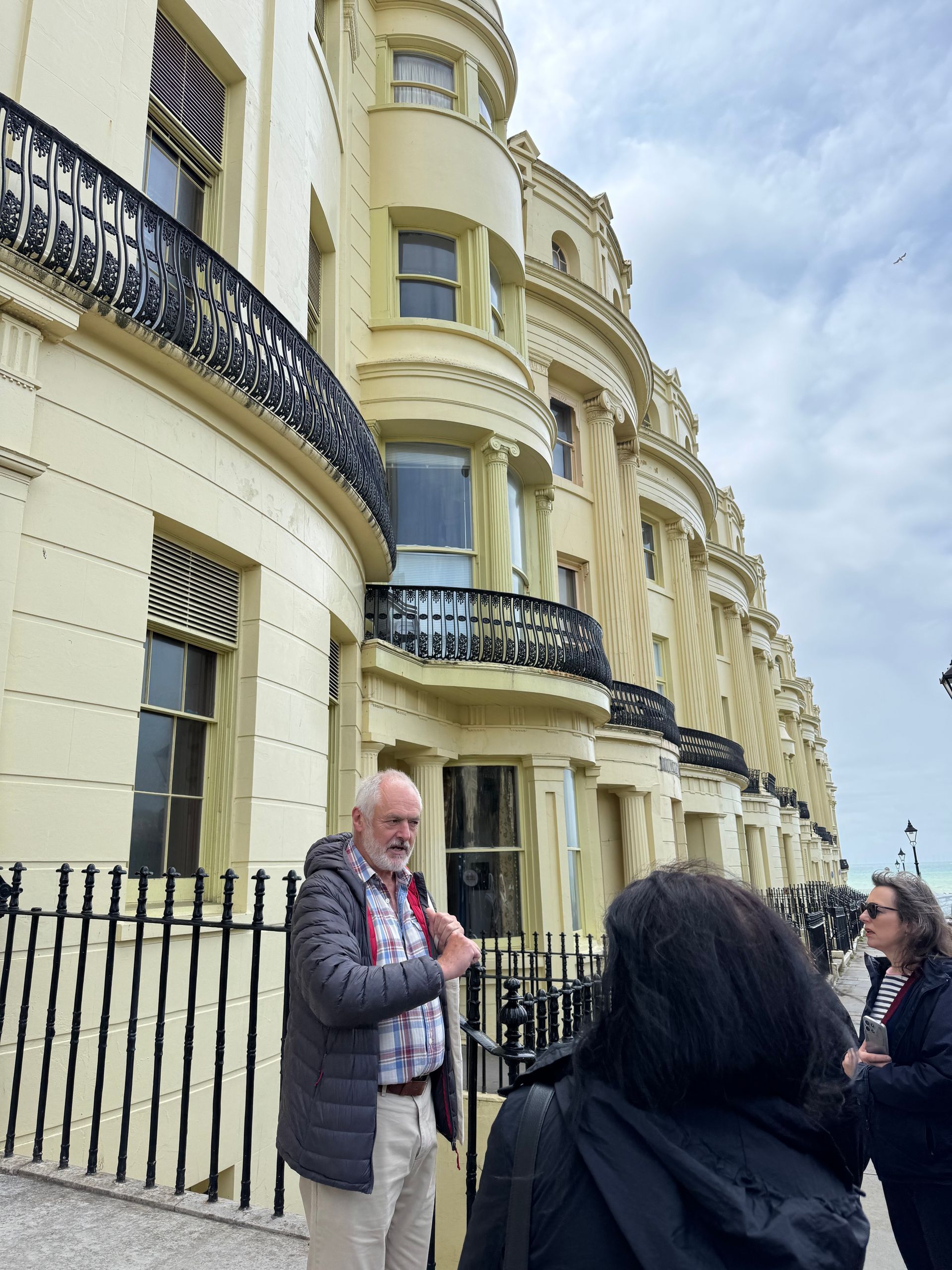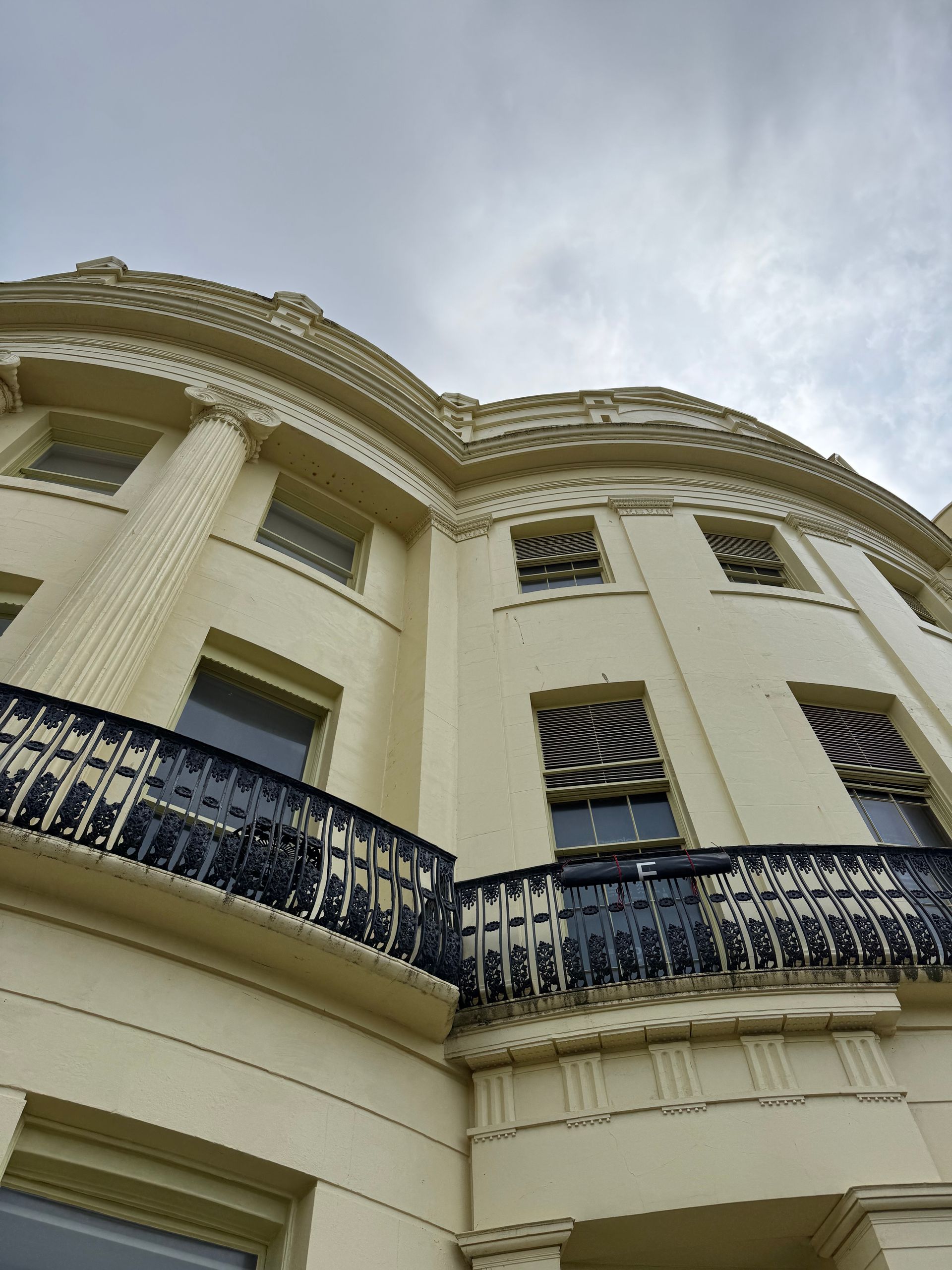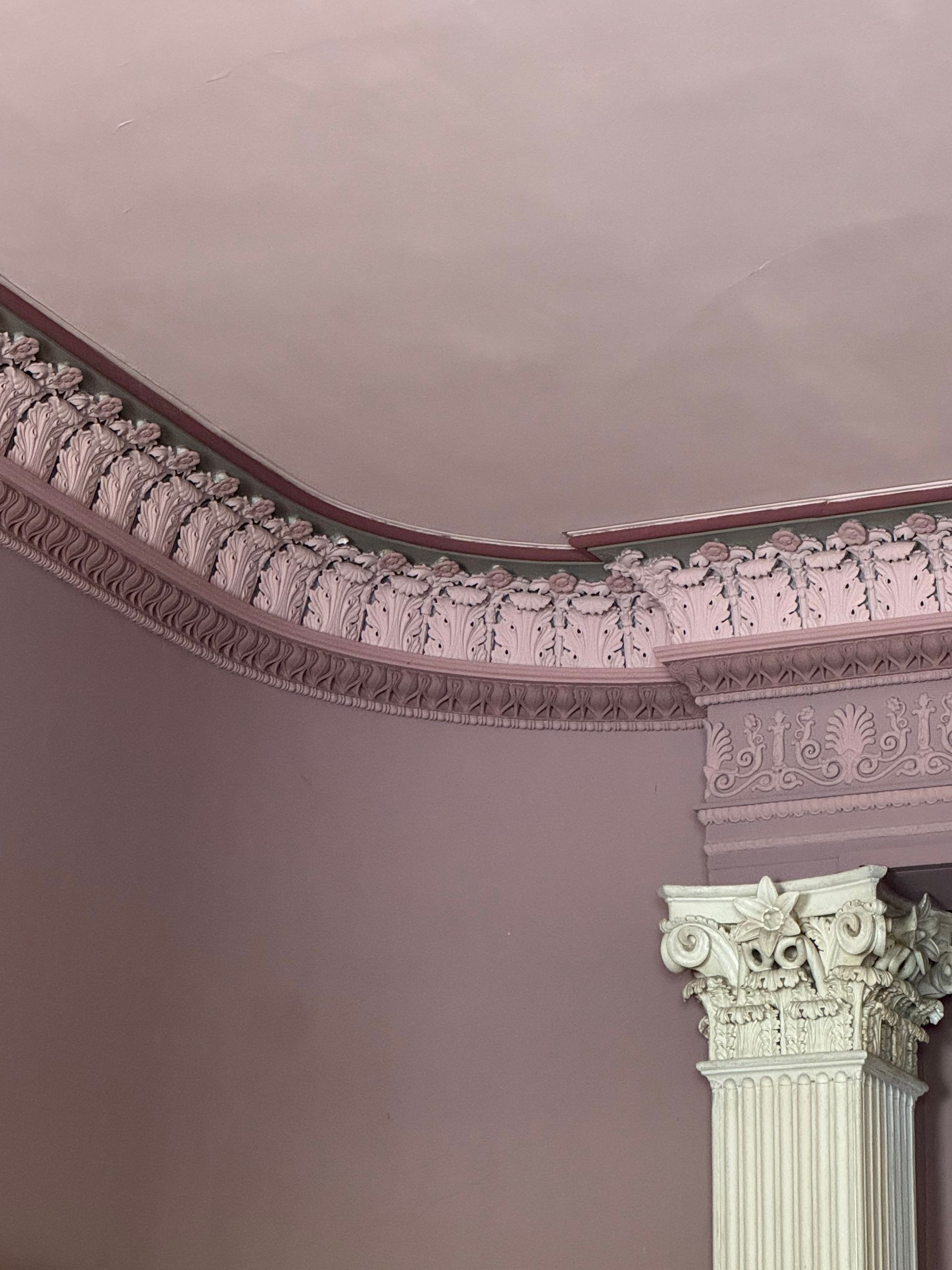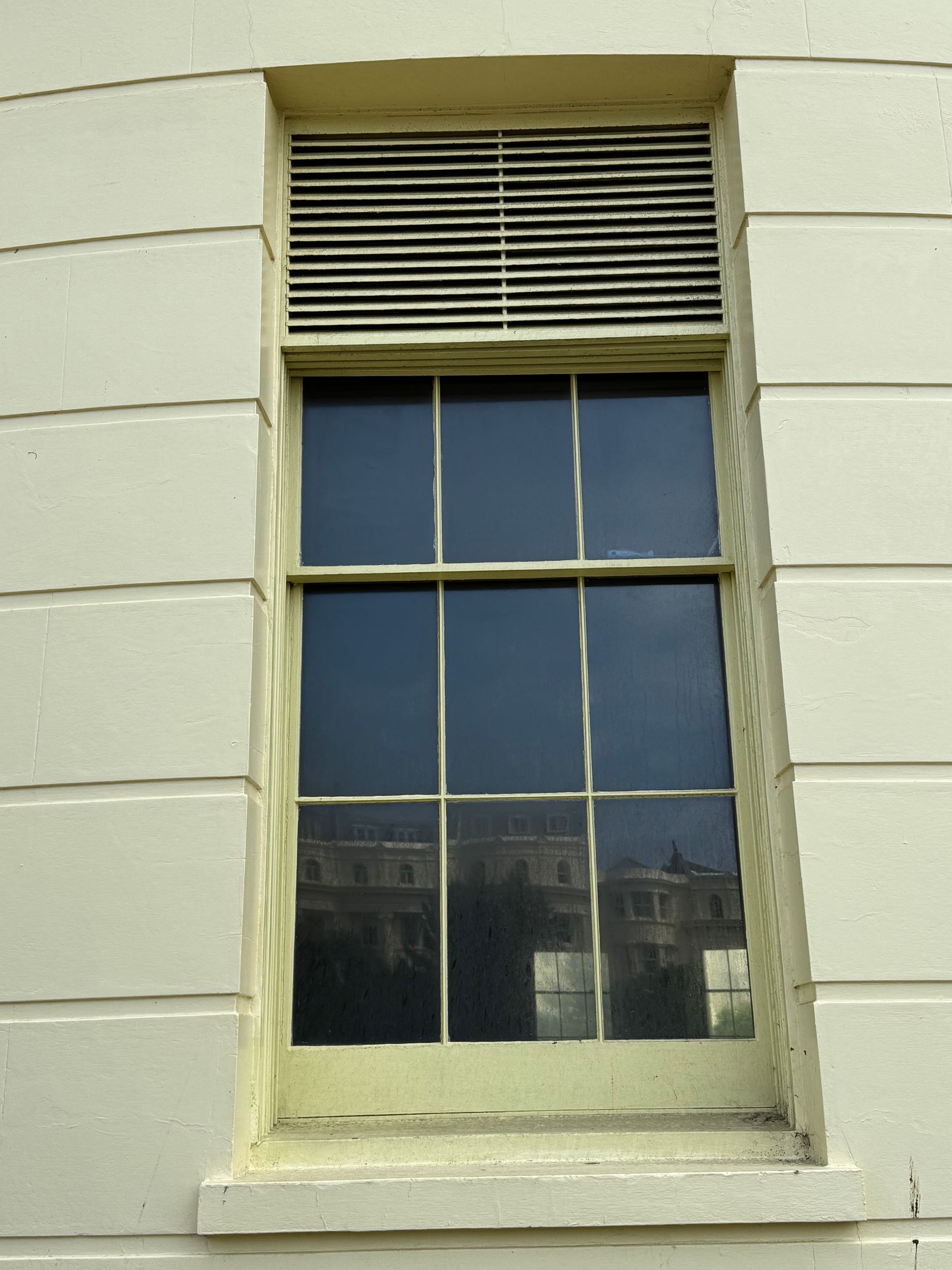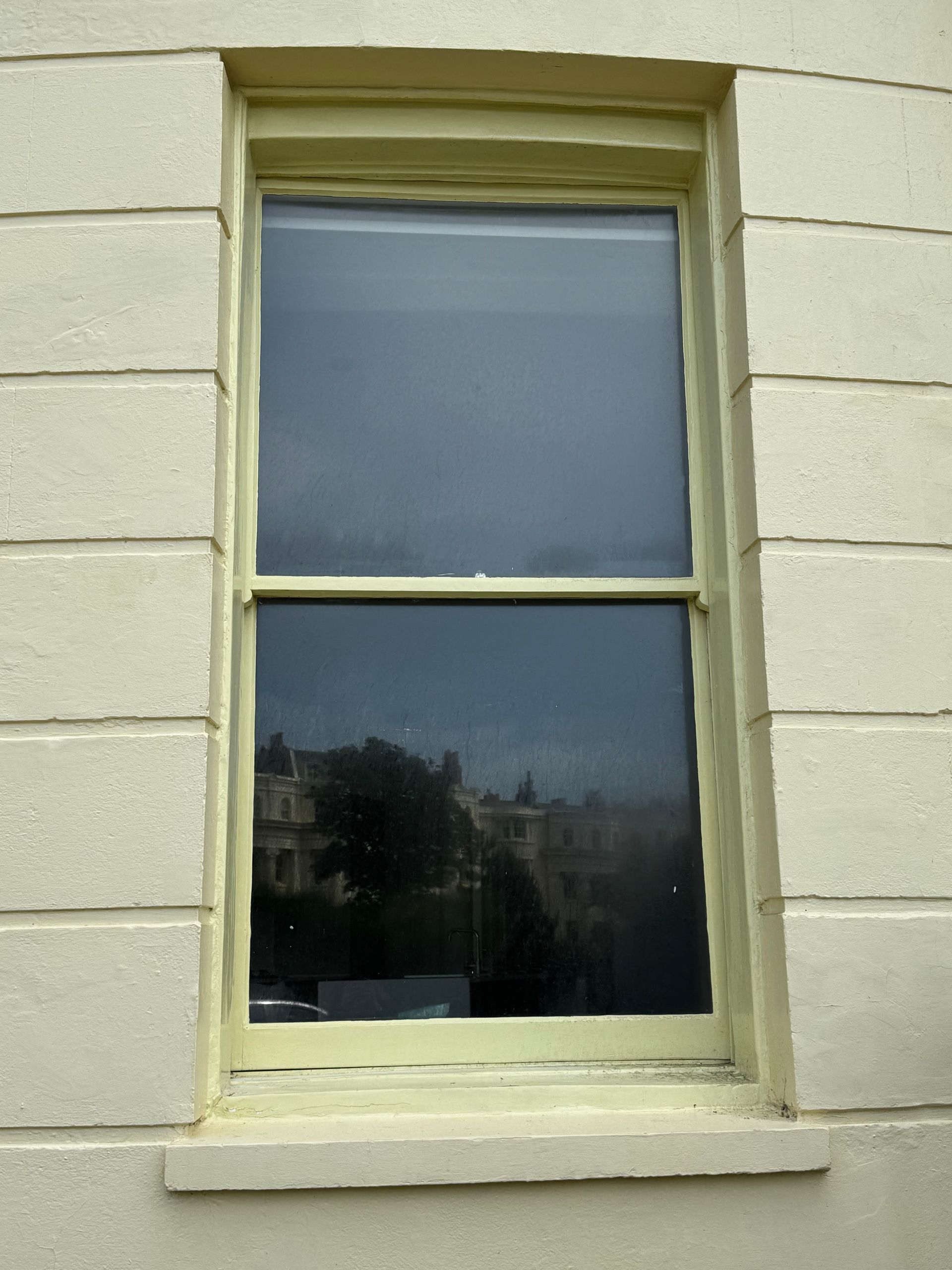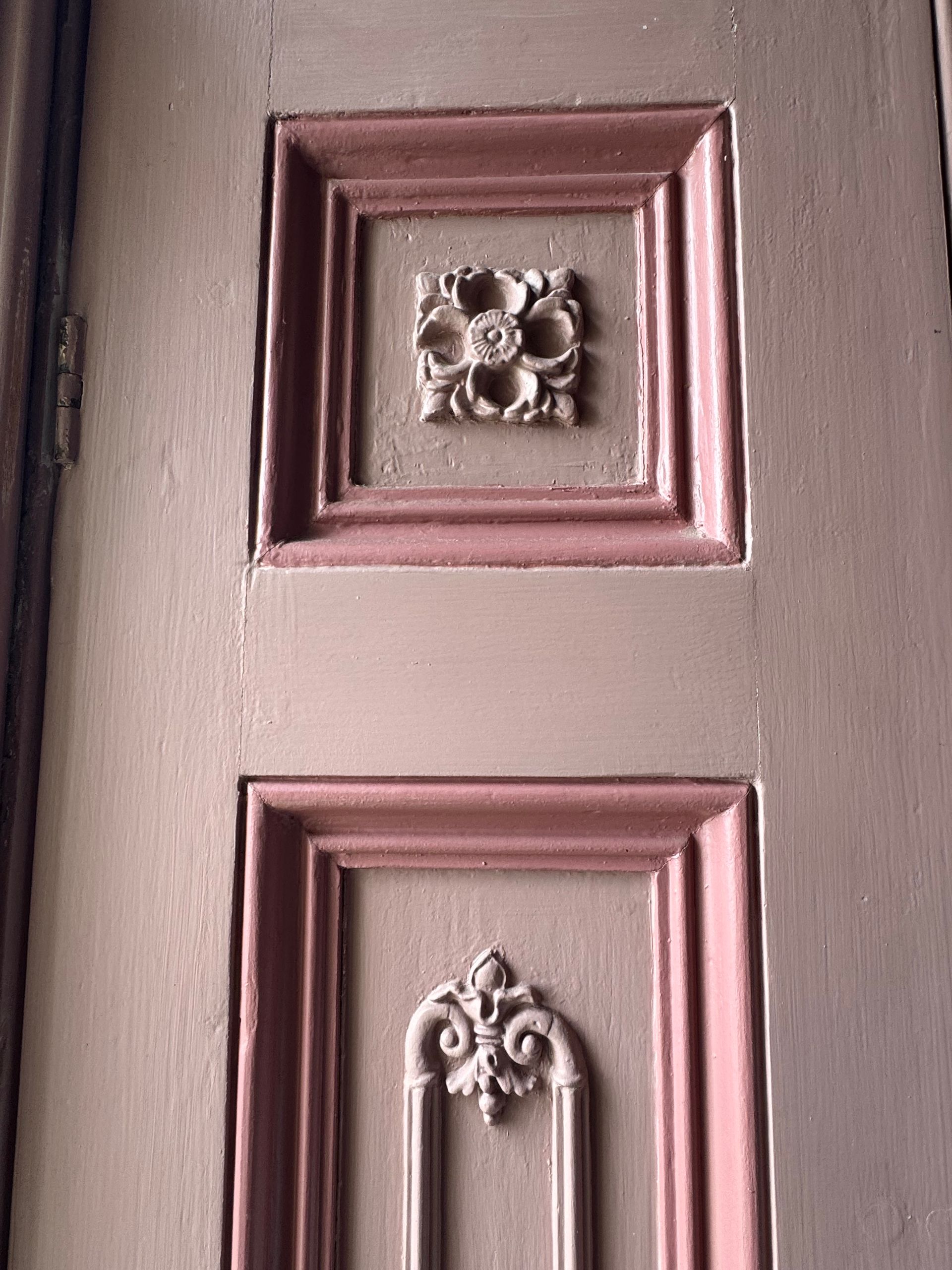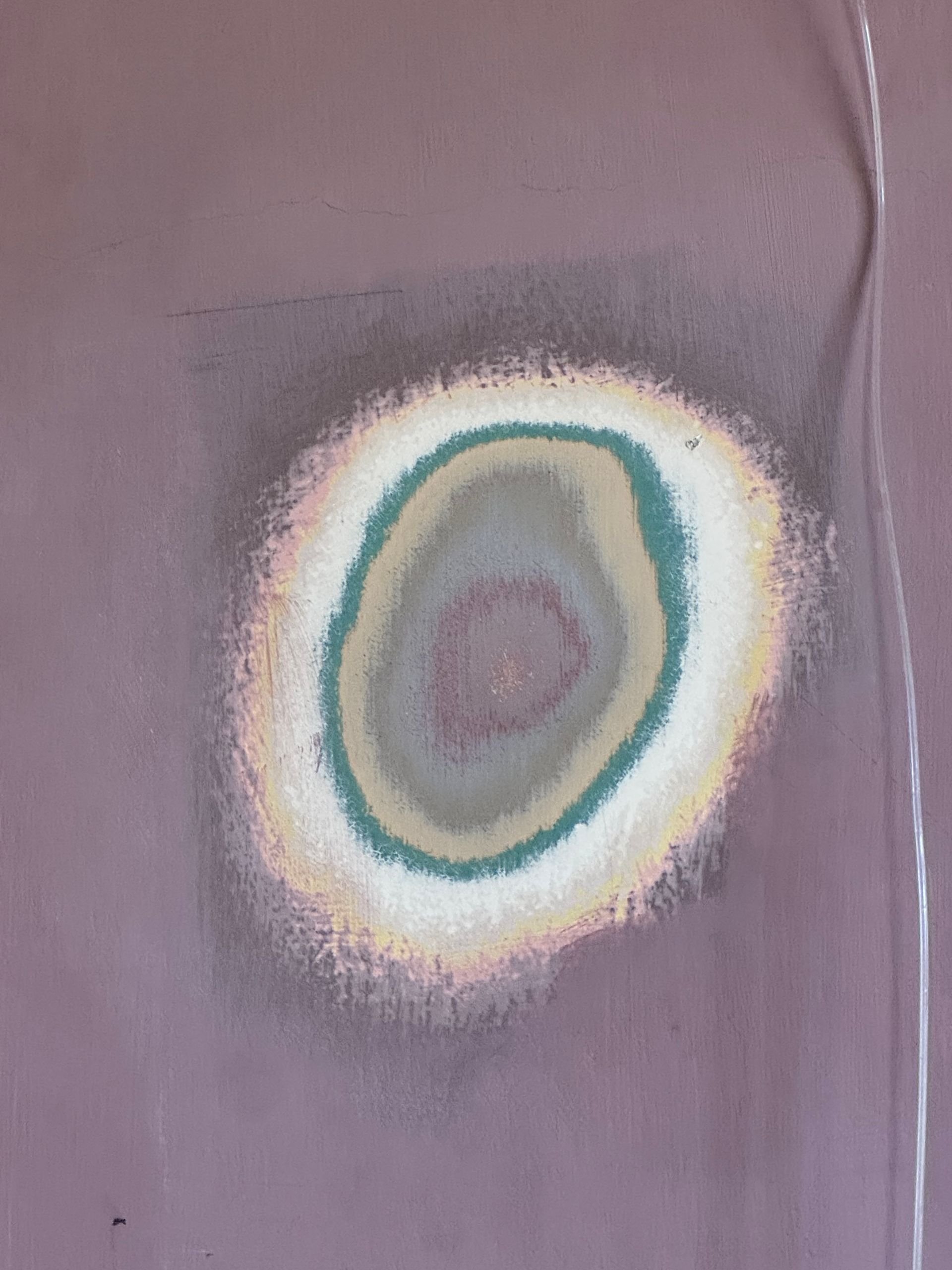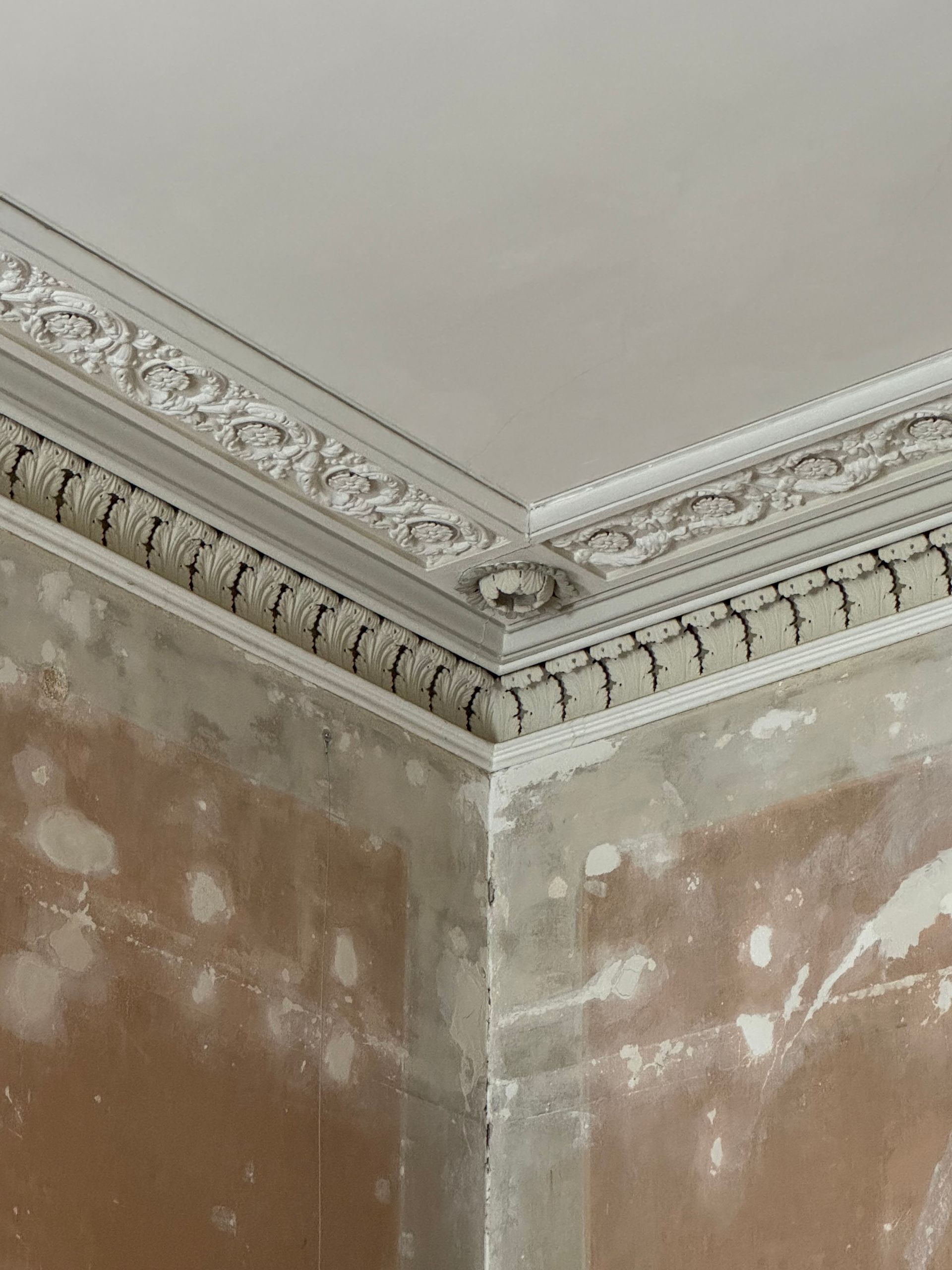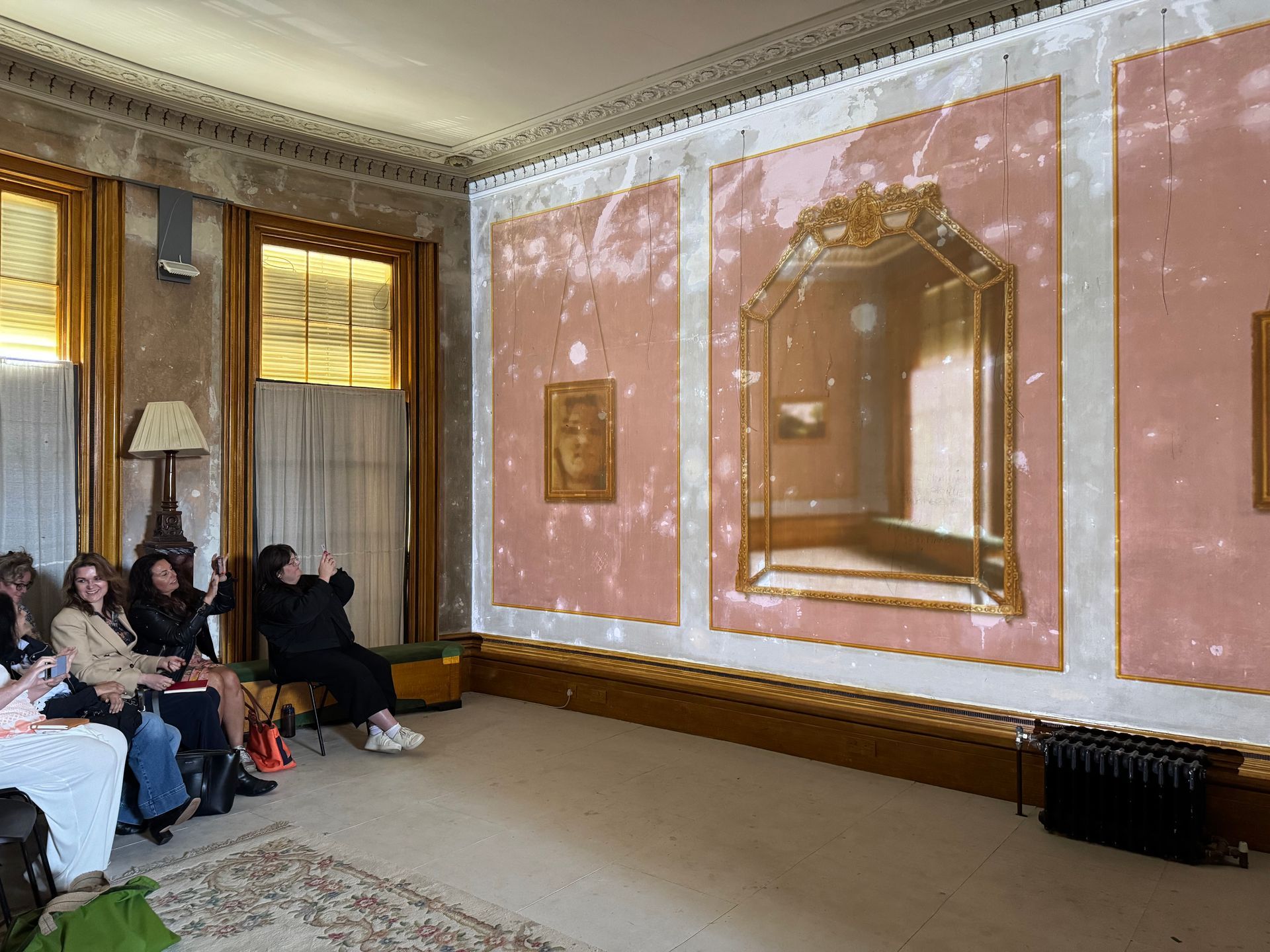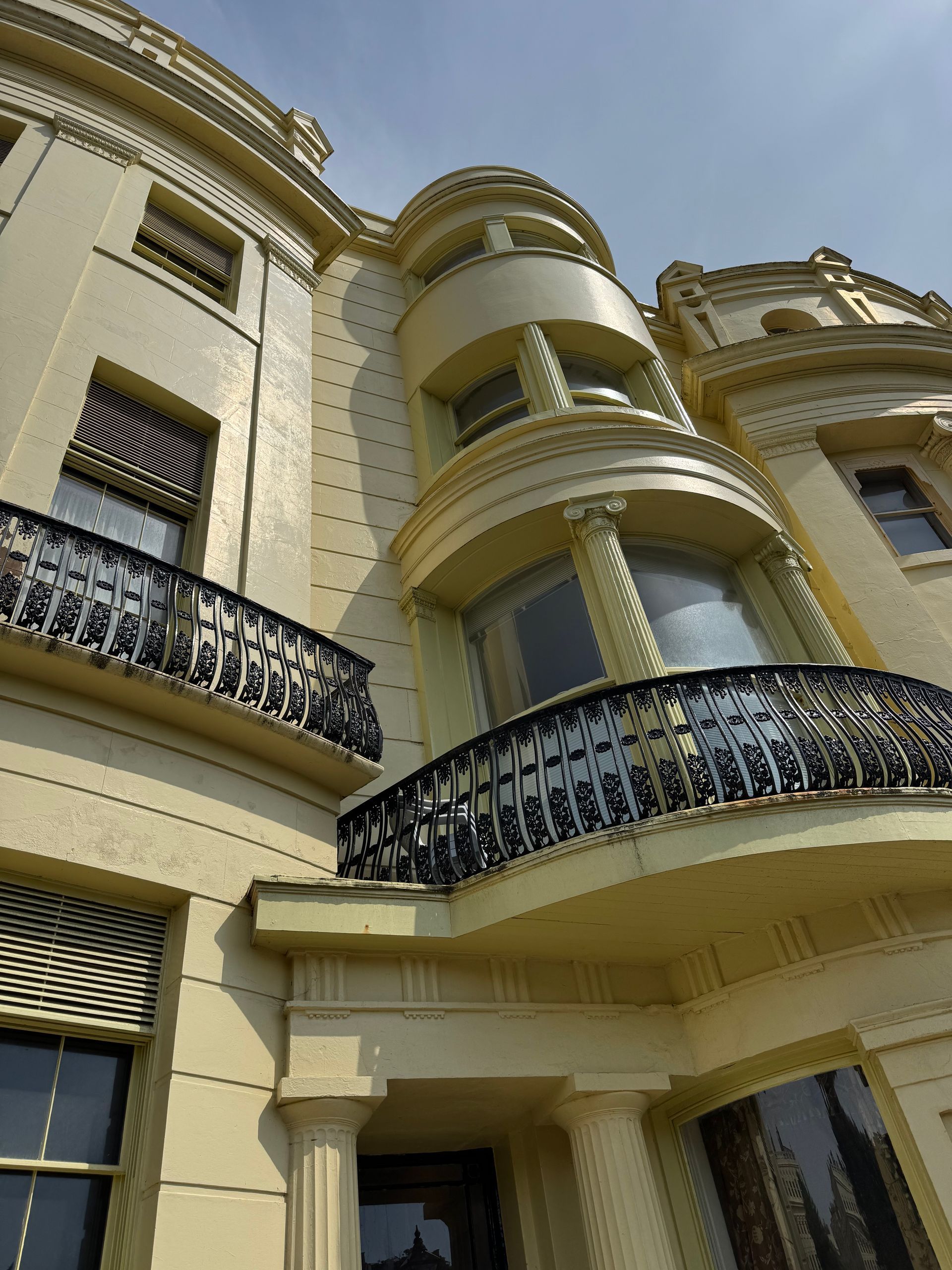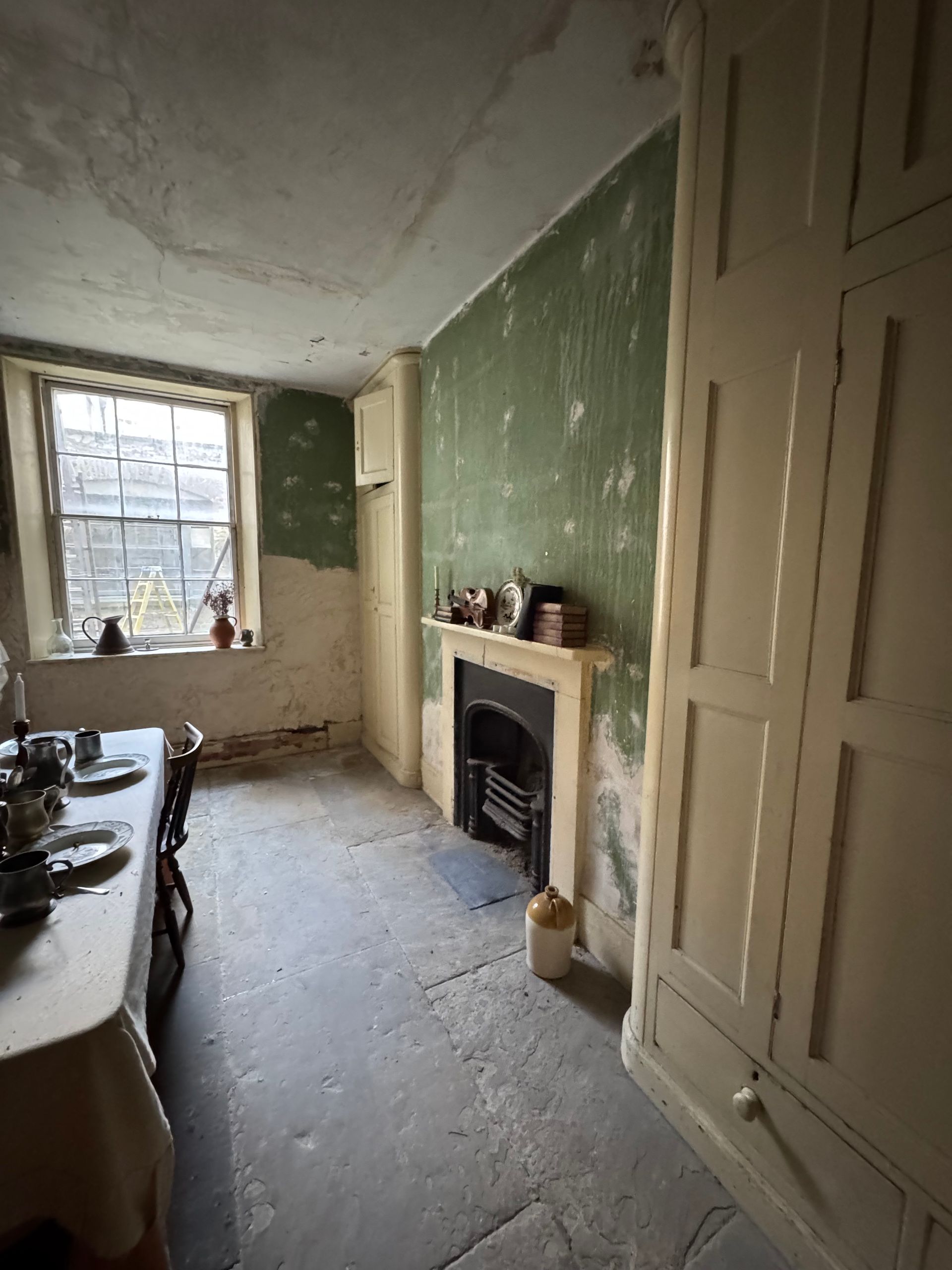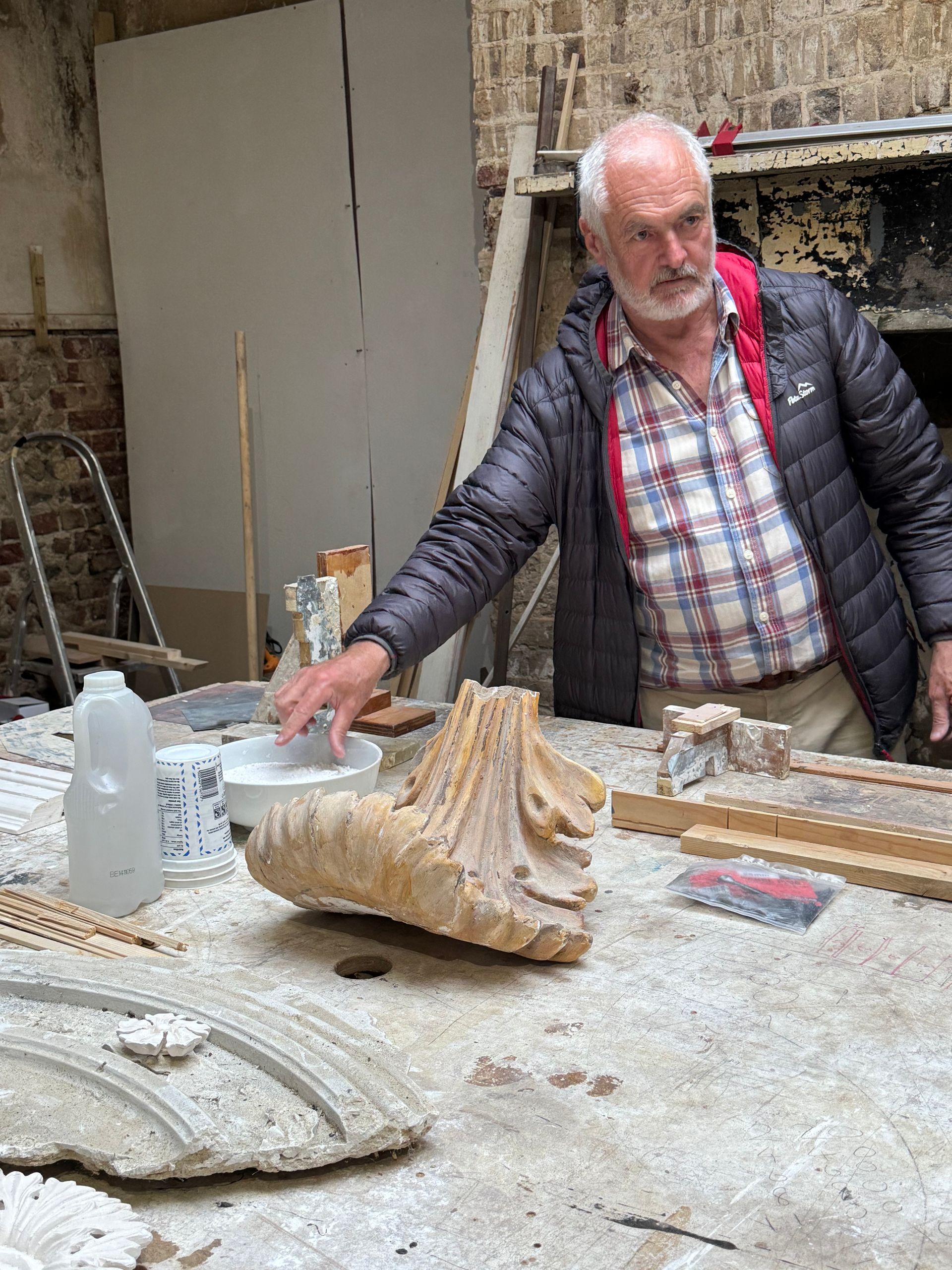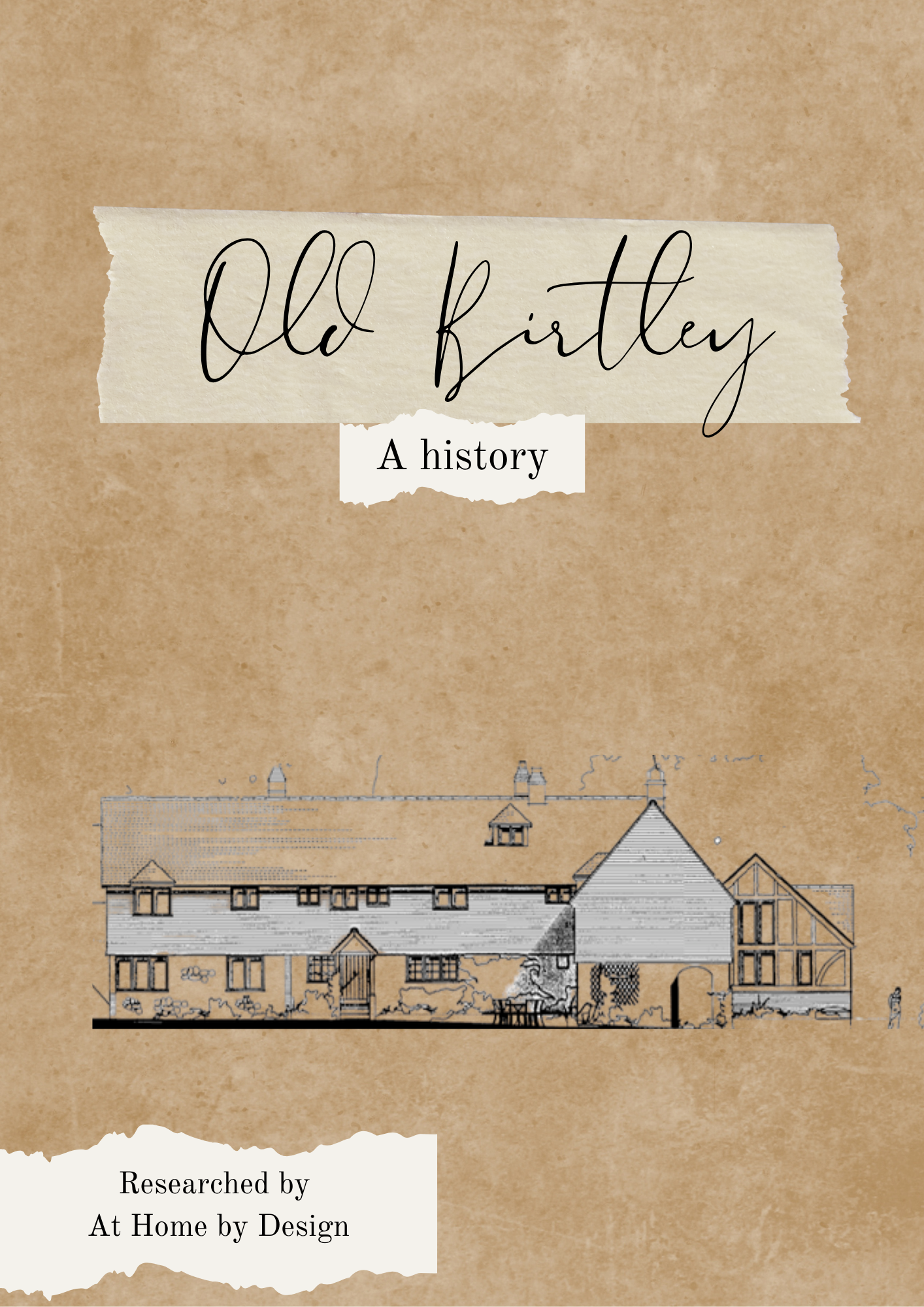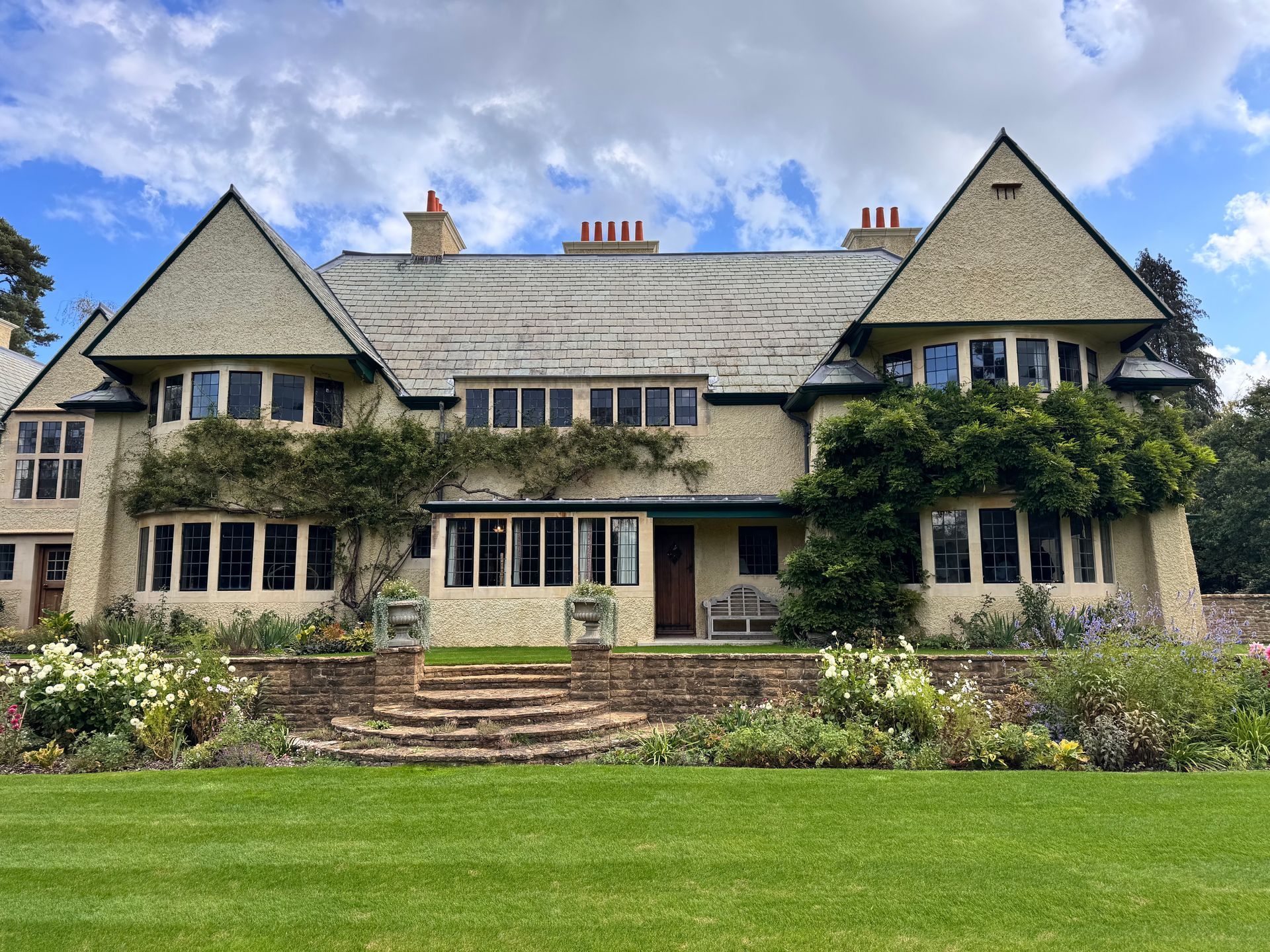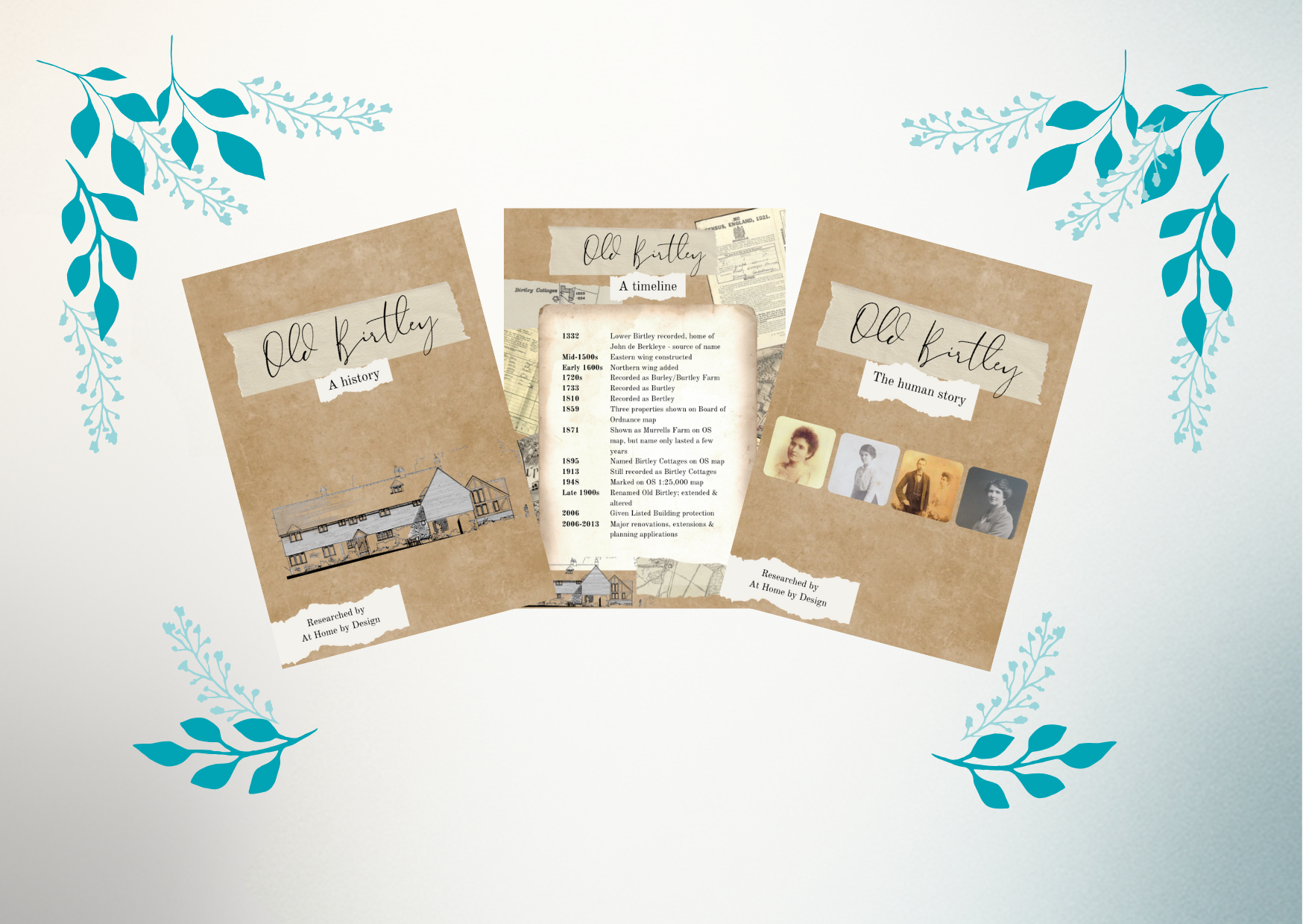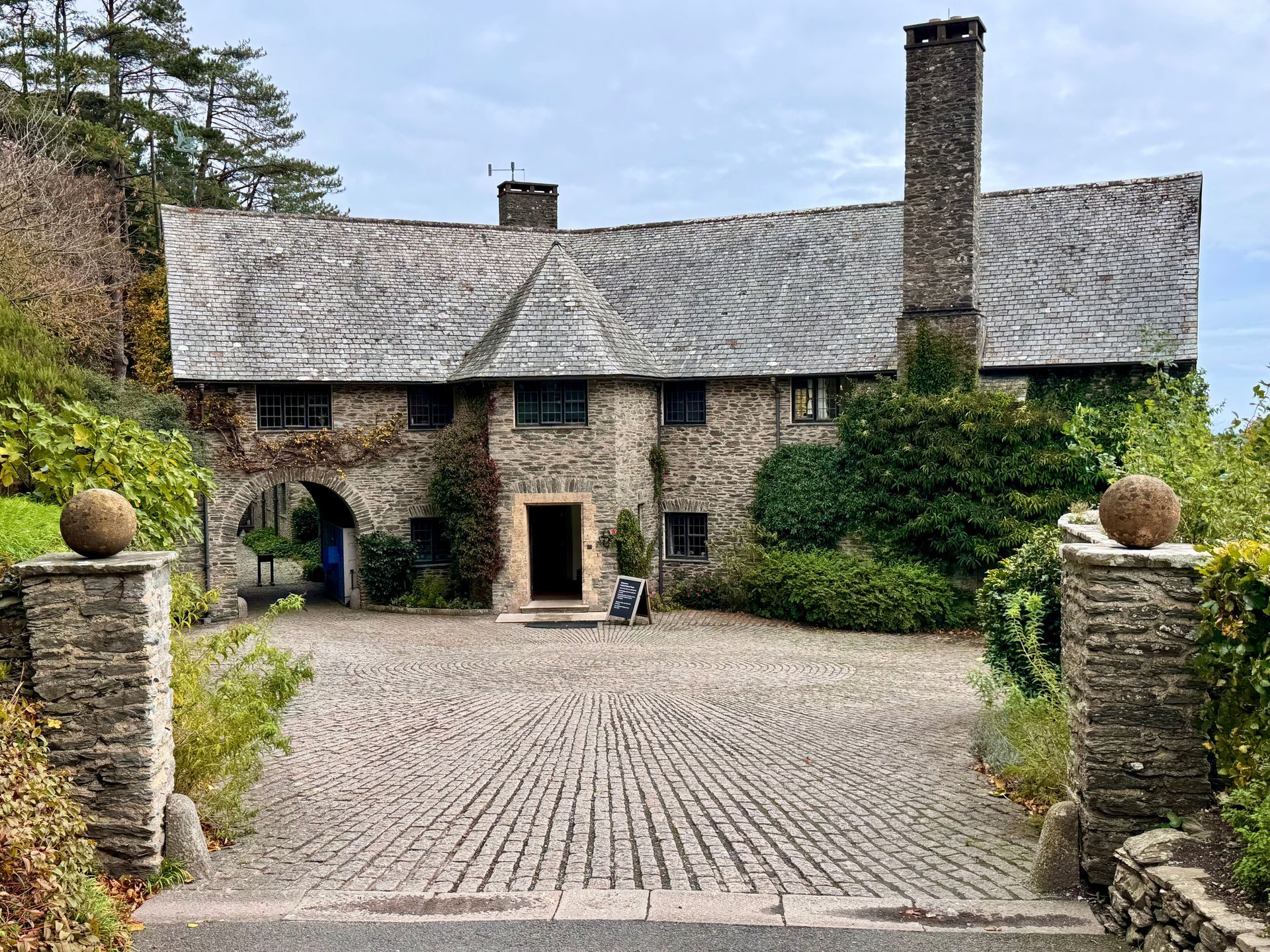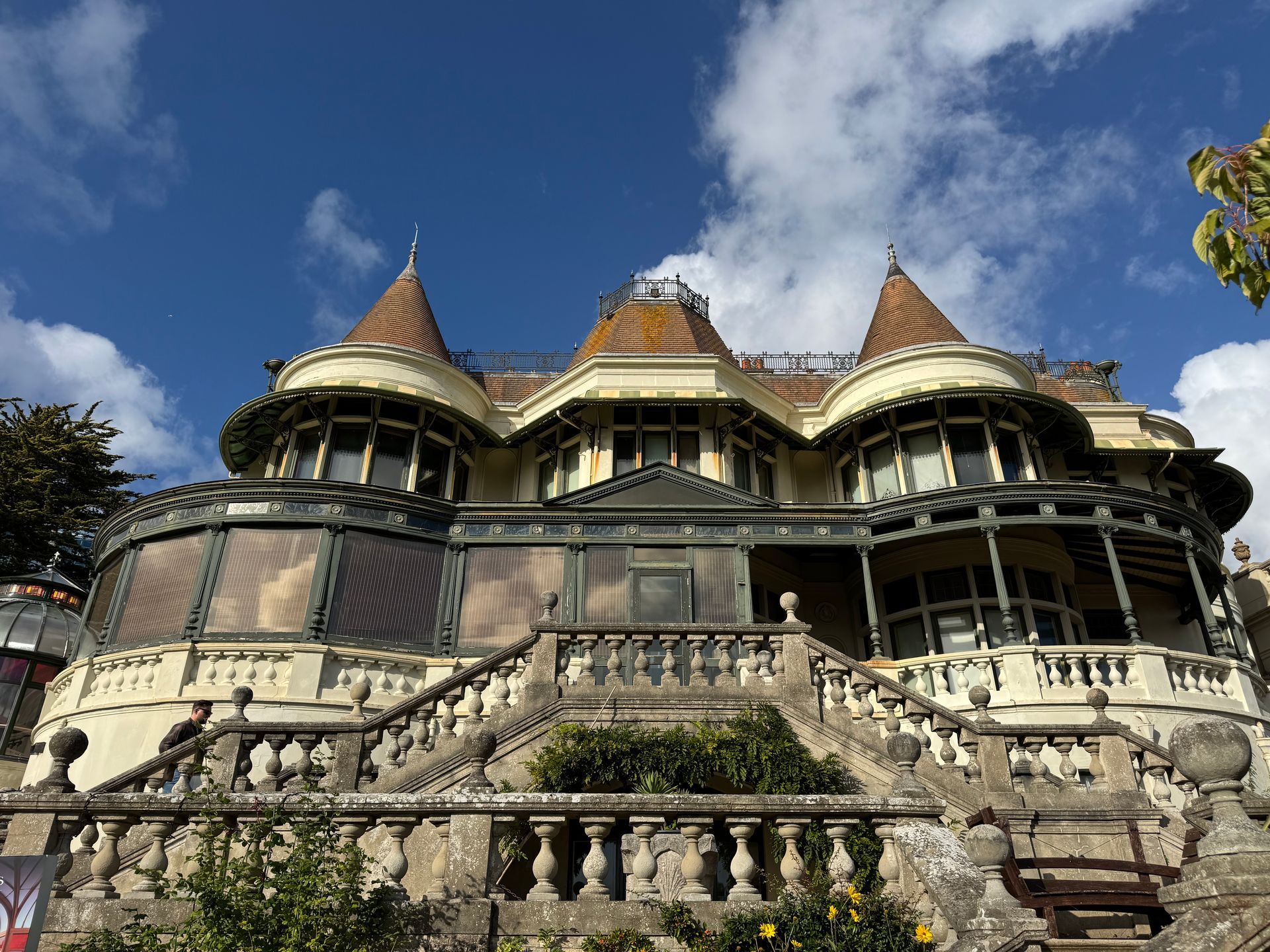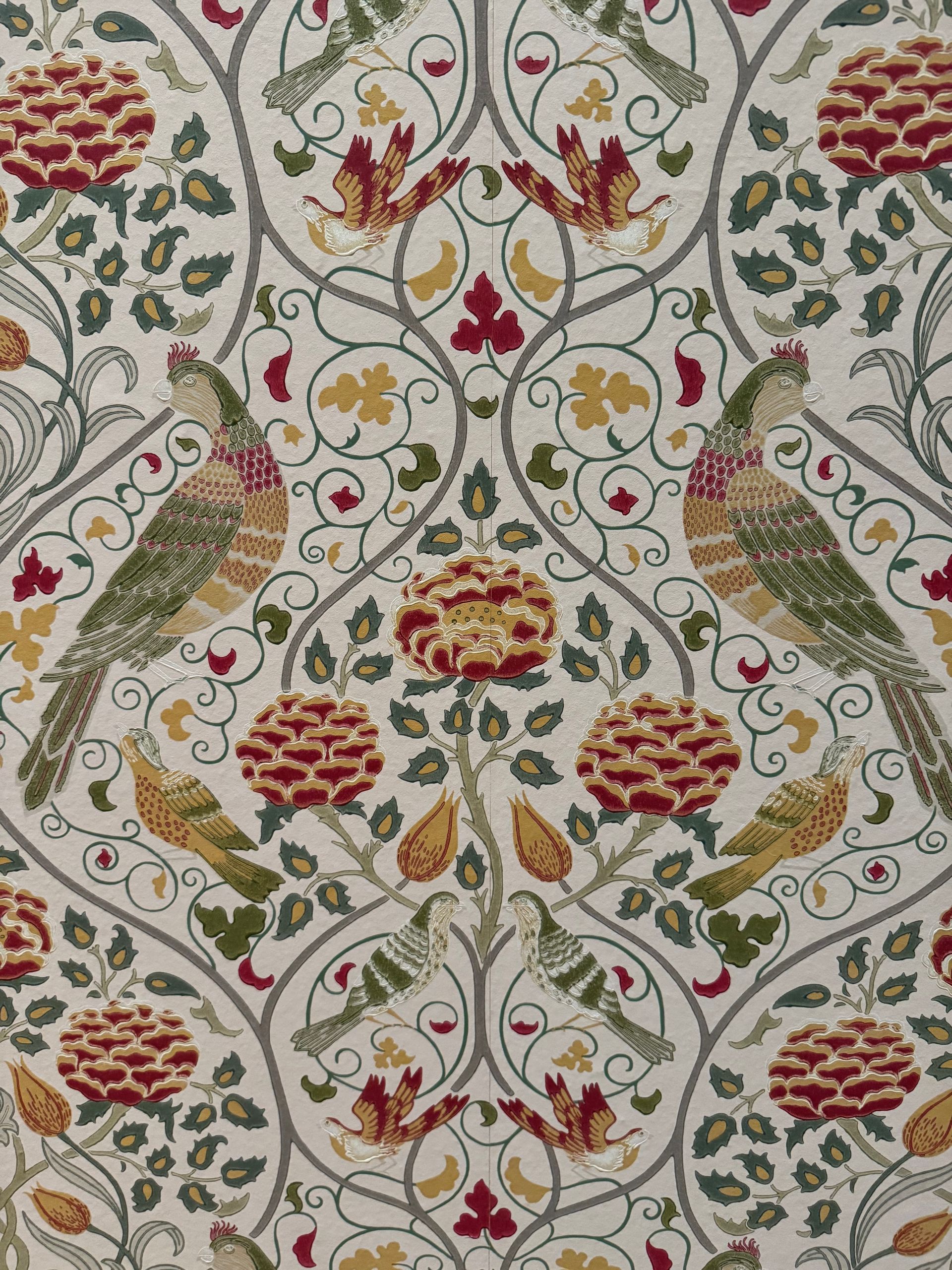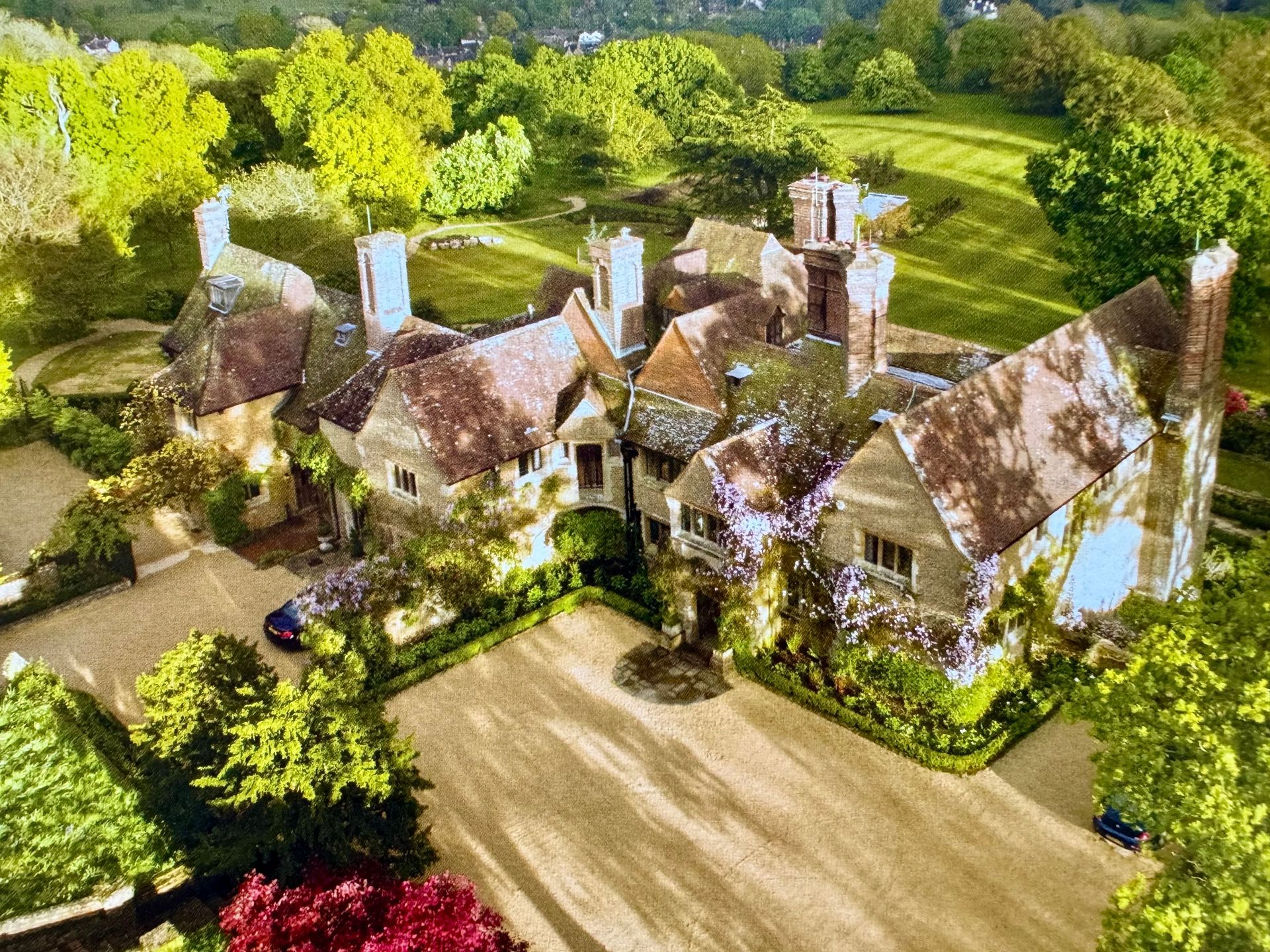Last month, I had the privilege of a private tour of The Regency Town House in Brighton, organised by the British Institute of Interior Design (BIID). This remarkable building, currently undergoing meticulous restoration, opened its doors to a small group of design professionals keen to delve into the stories held within its walls.
The experience was far more than an architectural sightseeing trip. It was a masterclass in the details that define Regency and early Victorian homes, guided by some of the UK’s leading specialists in historic buildings, including the brilliant director and curator Nick Tyson, an historical building analyst.
While many associate “Regency” with the flamboyant Prince Regent himself, we learnt that Regency architecture extends well beyond the Georgian era, reaching into the mid-19th century. This particular property, designed by Charles Busby, is part of the distinguished Brunswick Square development that helped cement Brighton’s status as a fashionable seaside resort.


